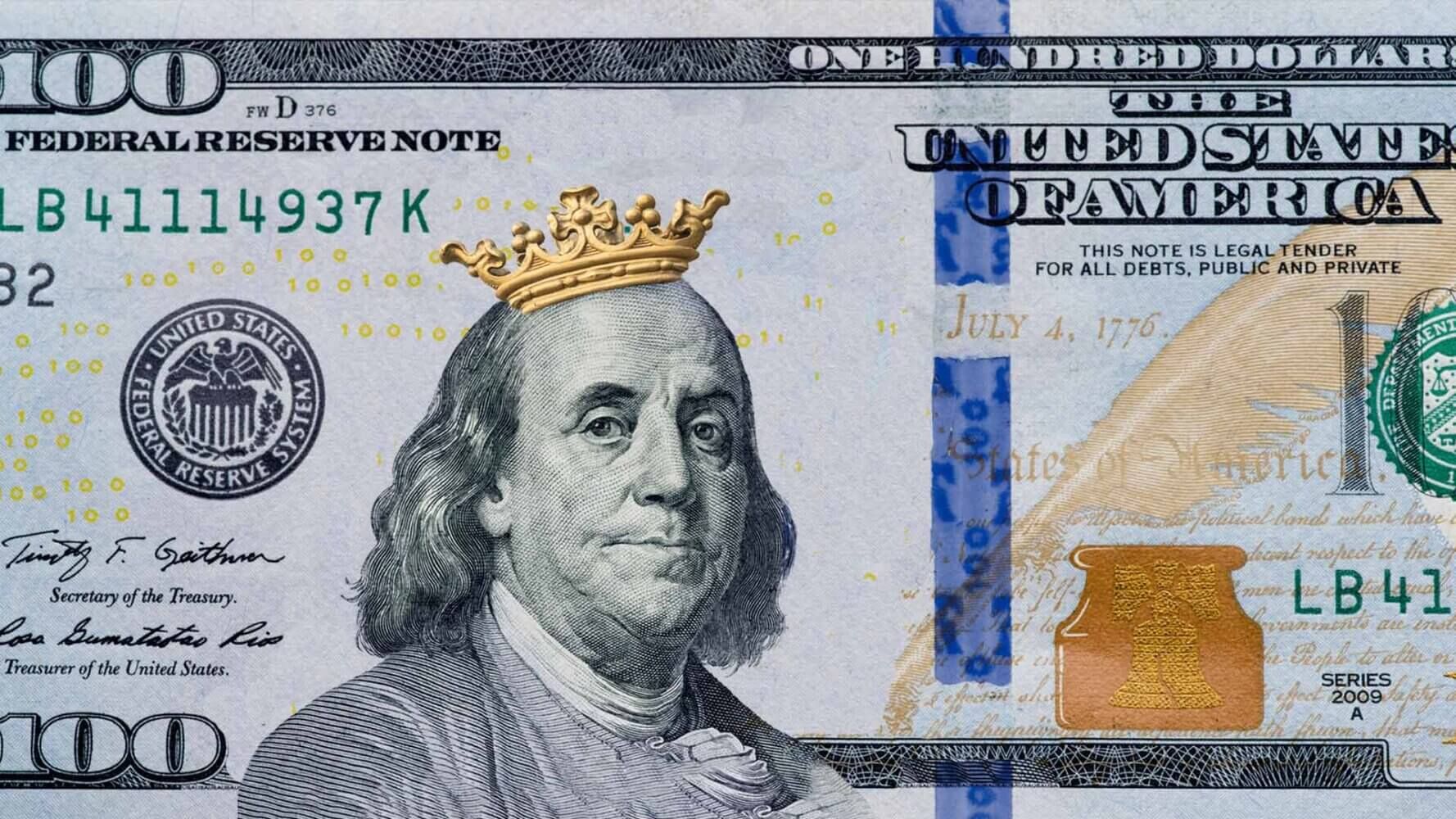
Income assets have historically outperformed cash when the Fed moves into a rate-cutting cycle.
Fixed income investments have commonly been recognized for their stability and ability to generate income. This perception shifted in the spring of 2022 when the Federal Reserve implemented several significant rate increases, including four consecutive 75-basis-point hikes. As a result, many fixed income strategies and indices recorded their worst total returns in their respective histories in 2022. However, these higher rates also led to increased yields in instruments with shorter maturities, such as Treasury bills, resulting in greater participation and flows into short-term investments and cash. We examine whether reallocating some funds from short-term instruments back into the broader fixed income market may be timely. We also focus on the influence of the “pull to par” effect on future returns and reviews historical outcomes of investing in fixed income during periods of monetary policy easing by the Federal Reserve.
Money Market Fund Assets Surged to Record Highs After Fed Began Cutting Rates
Source: Bloomberg
Cash Going from Trash to Treasure to Clutter
Central banks raised policy rates to counter high inflation, creating anxiety in risky markets but boosting yields on short-term investments like Treasury bills, money market funds, and CDs. Despite the Fed cutting rates in September 2024 and falling yields, total assets in money market funds reached a record $7.4 trillion by September 30, 2025. However, from July 2023 to September 2025, the 3-Month Treasury Bill yield fell by over 1%.
The 2022 rate rise also lowered prices for existing bonds, including those with low credit risk. Although the bond market remains discounted, fixed income securities typically mature at par ($100), offering potential returns as prices pull to par. This could lead to better outcomes than cash instruments, whose yields are expected to decline further. We believe now may be the opportune time to “declutter” the cash in portfolios and shift some of it back into fixed income investments to capture the pull-to-par effect as well as the potential price appreciation from additional rate cuts.
Don’t Forget Fixed Income’s “Pull to Par” Effect
The term “pull-to-par” describes how fixed income securities move toward their face value (par value, or $100) as maturity nears. As fixed income securities approach maturity, discounted bonds rise in price, while those at a premium fall to par. Additionally, with the Fed cutting rates, fixed income securities also offer price appreciation potential, adding to coupon payments and boosting total returns — likely surpassing money market yields that are declining. Over the decade prior to 2022, the Bloomberg U.S. Universal Index mostly traded near or above par. However, with the rise in rates in 2022, prices declined, and the index price was approximately $ 94.50 at the end of September 2025. As these high-quality bonds approach maturity, prices are expected to return to par, likely providing additional performance gains compared to money market instruments.
Fixed Income Indices Are Still Priced at a Discount
Source: Bloomberg
A Strong Signal: The Fed Easing Cycle
Historical data from the last four Fed tightening cycles show that fixed income generally outperformed cash instruments after the Fed stopped raising rates and when they began to cut rates. We examined data from the last four Fed tightening cycles, dating back to the mid-1990s, to assess how both cash and fixed income performed as the tightening cycles concluded and when the Fed began cutting rates. Using indices for Treasury bills and both investment-grade and non-investment-grade securities, results suggest that owning fixed income has offered better returns than holding cash, as illustrated in the chart below. With the Fed now cutting rates as well as the increased potential for economic weakness ahead, fixed income may again provide superior outcomes compared to cash.
History Shows Better Outcomes with Fixed Income, Instead of Cash, When the Tightening Cycle Ends
Source: Bloomberg
Conclusion
By combining bond coupon returns, the pull-to-par effect, and falling rates, investors can potentially outperform instruments like Treasury bills and money market funds in the months and years ahead. Active management remains important for capturing excess returns and maintaining income, especially through short-duration, investment-grade bonds and other securities outside standard benchmarks, such as those within the asset-backed securities and residential mortgage space, which we believe represent some of today’s most compelling opportunities. Understanding these factors enables investors to capitalize on current fixed income opportunities, with timing being crucial for achieving outperformance.
Discover more about:
More Insights

Ferrari’s Electric Future and the Evolution of Luxury Investing

FOMC Update: Fed Approves Third Consecutive Rate Cut, Projects Slower Pace

Luxury Brands Navigate China Slowdown and Tariff Pressures

Thornburg Investment Income Builder Fund – 4th Quarter Update 2025

Extract Maximum Income Using Active Management


